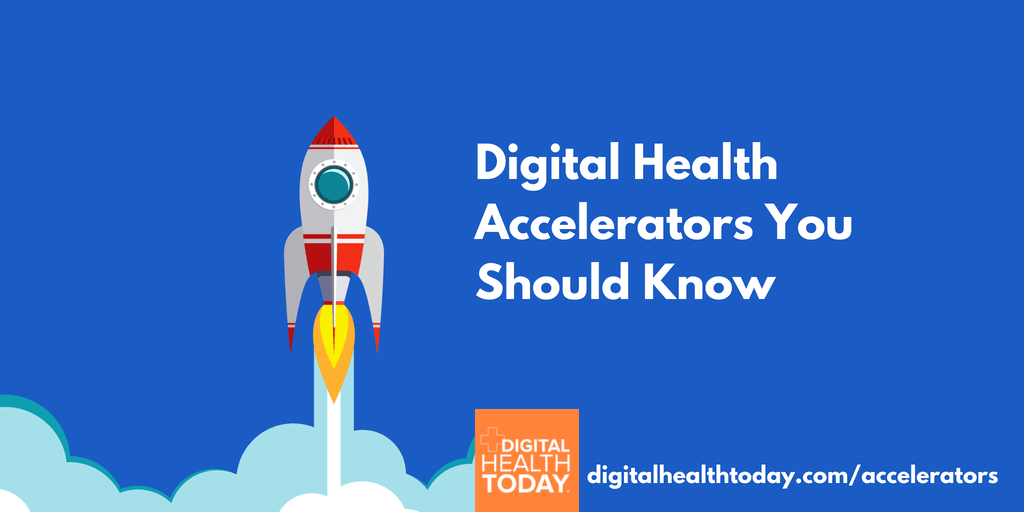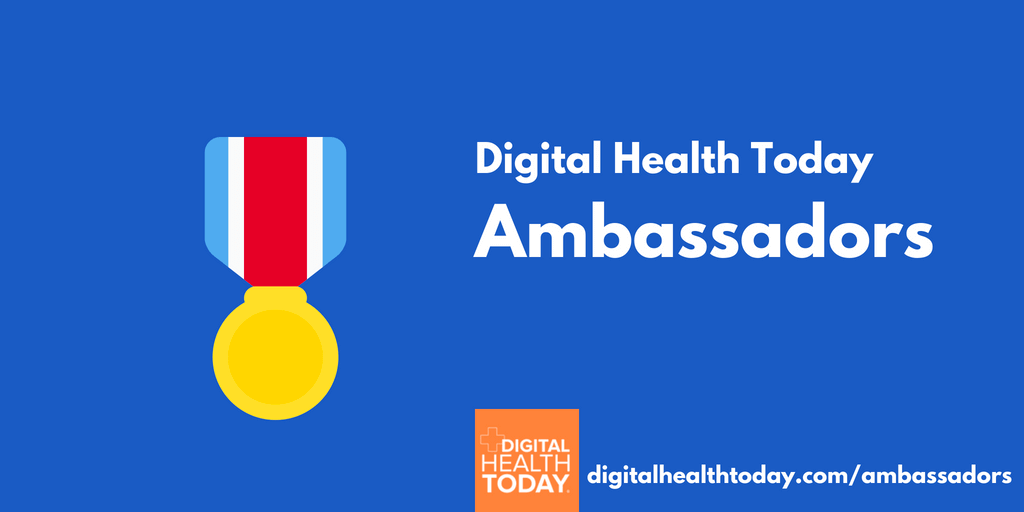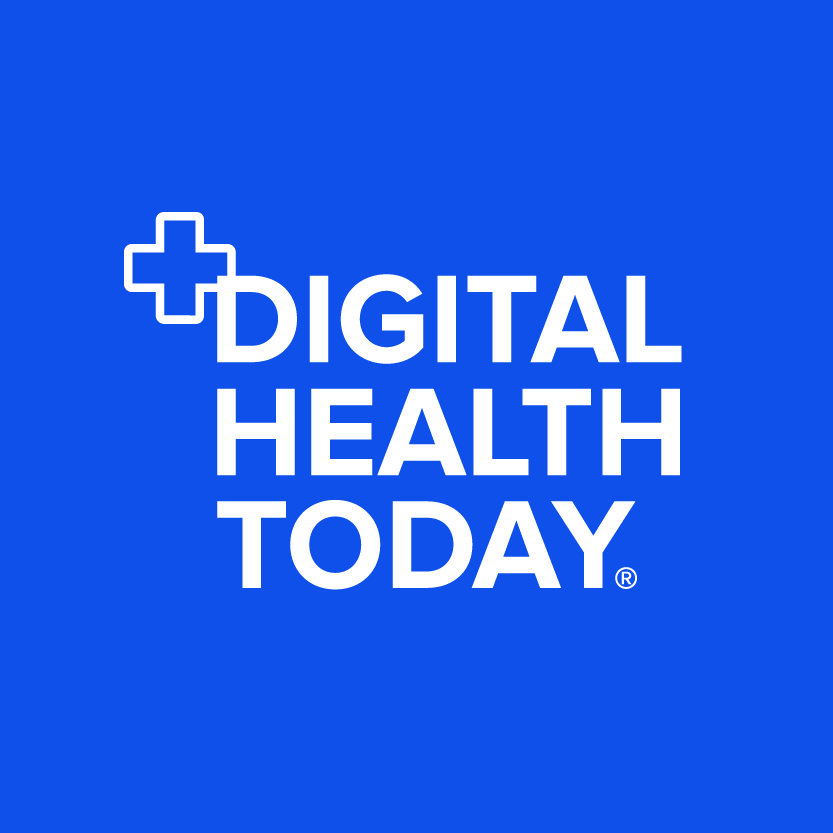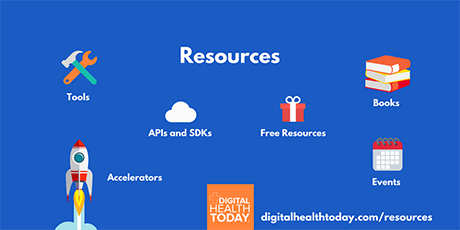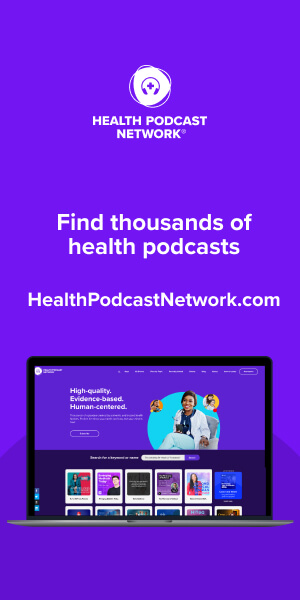Transcript
0:03 Janice Chia
What are the opportunities out there for people to live in good health, to be independent, and to be dignified? And this goes across technologies, housing models, service innovation, so to me, this translation of different generations’ expectations of ageing, represent this growing social and economic need for change. Well, my definition of ageing is it’s more like a journey. [And] as we travel through this journey, our needs will change, and it requires enablement, rather than just pure delivery of service. So my definition of ageing is a process that as we get older, we need more opportunities for independent living.
0:50 Xing Sun
In the healthcare ecosystem, the parties’ (like patients, health providers, and funders, often government and private insurance) interests are often not aligned. So this results in a lack of help for patients to find the treatment they need, or funders cannot intervene early enough to alleviate the situation and have to keep the costs under control. So the integration with services will enable the insurer to help patients to achieve better health outcomes in a way to achieve the cost containment in terms of rising healthcare costs and aging populations.
1:30 Farouk Meralli
On average, across Southeast Asia, patients will actually visit a pharmacy almost 12 times a year. But when they visit a physician, it’s almost 1.2 times a year, right. So when you look at this, this becomes an incredible touch point, in terms of patient populations.
1:56 Tony Estrella
Those quotes were from three of my guests, Janice Chia from Ageing Asia, Xing Sun from AXA Next Innovation Centre, and Farouk Meralli, CEO of mClinica, during season one of Digital Health Today, Asia Pacific Edition. I’m your host, Tony Estrella. Today, we’re doing a special episode of this series where we’re learning about the transformation of healthcare in a region with over 4.5 billion people across more than 40 countries.
As we bring season one to a close, I wanted to both share highlights from this season and explain how all the informative conversations we’ve had– including ageing, the unique dynamics of independent pharmacies within Southeast Asia, and building a successful unicorn in China– come together. This season creates the backdrop of digital health in this region for upcoming seasons two and three.
To discuss this with me, I’d like to welcome a special guest– none other than Dan Kendall, the founder of Digital Health Today. I’m grateful to Dan for inviting me to join this growing family of people to bring insights and information to our audience. Welcome, Dan.
2:49 Dan Kendall
Thanks very much for having me. Tony. The gratitude is on my behalf for you hosting these conversations. So congratulations on a great first season.
2:55 Tony Estrella
Thanks, thanks. Yeah, I was very happy to see the level of excitement from across my contacts and network in Asia Pacific when they found out that this podcast is happening. It’s just been an amazing level of gratification to know that people are so excited to do what entrepreneurs do, which is share. And it’s not entrepreneurs and startups, it’s people who have an entrepreneurial mindset, regardless of the organization they’re in. So, you know, as you listen to this season, what were some of your insights or your views as to how this fit within the growth of the Digital Health Today, brand and network?
3:31 Dan Kendall
Yeah, thanks, Tony. I think there were three key things that really stood out for me when I listened to each of the episodes and look back on them as a season. I’ll just go through them quickly, we can double tap on some of them in the course of this conversation.
I think the first thing was that our hypothesis was correct. You and I spoke about this at the start of the pandemic, and we thought there are a lot of lessons that can be learned from what’s happening in Asia Pacific– both for the benefit of people who live and work in Asia Pacific, as well as for the rest of the world. There’s 4.5 billion people there, two-thirds or so of the world’s population are in this region, and there’s just a tremendous amount of ingenuity, innovation, best practices being developed there that can be spread even further and deeper within that region, but also used throughout the rest of the world. So I really am grateful for you and your guests for coming on and sharing some of the insights and lessons that are being learned there.
I think the next two things were really around the similarities, in terms of the motivations and some of the ways that people are approaching problems. We can talk about some of the similarities between the different guests and different topics that you covered. But also, I was struck by the differences. There are some pretty stark differences that just make the similarities even more powerful, because the scale is just huge, that diversity is huge. Being able to take those similarities, learn from those differences, and apply that on a grander scale is something I think is really important for the advancement of health globally.
4:54 Tony Estrella
Thanks, Dan. I’m glad that you took that away. This is a different episode structure than the others because what we’re doing here is we’re not going to recap the entire season one and go point by point. Rather, I wanted to just have a conversation with you.
You’ve done over 100 episodes for Digital Health Today, and you’ve spoken to guests from across the spectrum of stakeholders and health. To get your reaction to this for our audience, and create a starting point of a conversation, which we can carry through, will be really helpful for them.
I wanted to start first with the mindset of families and individuals in this region. Now, one of our guests, Shuchin Bajaj from India, when we talked about India, he spoke about how as one country, it’s so diverse. From rural to urban, the types of geographic differences, you can say that about Asia Pacific overall. I started the season with an overview of how to break the region up into six segments of groupings of countries based off of cultural history and diversity. But that’s not enough. There’s just so much diversity here. And when I think about the implications of that diversity, it means that we have to be highly targeted in the way that we make assumptions. And we have to really listen to the individual’s needs before we can make assumptions on solutions. Some of these challenges are enormous now. What were your thoughts when you heard about the diversity for the region?
6:20 Dan Kendall
This is a part of the world that I have not been fortunate enough to spend a lot of time in, and that’s why with your expertise, and understanding the fact that you live there in Singapore, I knew that you’d be a great person to lead these conversations. So I really listened to these podcasts not just as a producer, as a colleague, or as a person in the health ecosystem, but really as a person who wanted to learn– who was curious. I was thinking of questions that you were asking your guests before you ask them, and then I was relieved to hear their answers. I think that diversity question was one of the biggest things that I took away, from the differences within countries and, as you say, the differences across the entire population.
6:59 Tony Estrella
Yeah, good. Thank you for that. We tried to hit on different countries in this first season– China, Indonesia, Singapore, India– but we certainly couldn’t hit every country. So when we talk a little bit later about season two, I’ll give you a bit of a preview, and for our audience as well, what to expect in terms of geography and diversity and how we’re going to cover that in season two.
7:21 Dan Kendall
One thing that also occurred to me when I was listening to one of your recent guests– I can’t recall which one it was– but one of your more recent guests talked about the importance of going upstream. I thought that was another really important thing, because going upstream is different for healthcare. We normally don’t do that; we treat people when they present a set of problems. But also to talk about it in terms of the context of the health community, and the population, the design, innovation, and entrepreneurial thought that needs to go into going further up the stream to understand people where they are, where they’re making decisions, and help them with the education, the access, the resources, the knowledge, and the tools to be able to take better care of themselves, so that the downstream problems are affected.
It’s significant when you’re talking about a population of 60 million or 80 million (whether you’re the UK or Germany) or 330 million in the US, but when you talk about it on a scale like you just mentioned, in India and China, you’ve got a billion people. When you can go upstream and help people take better care of themselves and avoid or change the course of when they’re presenting further downstream in the healthcare system, it has a massive impact.
8:27 Tony Estrella
Yeah, and that guest that said that was Stanley Li from DXY. I think that’s a great example (from a point you hit on when we started this conversation), which is learnings from one part of Asia that can be taken to other parts of Asia Pacific. That learning of being able to build a business over 20 years, start with the foundational component– in Stanley’s case, it was focusing on provider education– that then led to a whole set of other challenges that he could take on and build not just the physician-oriented business, but consumer and moving upstream. So for those of you who haven’t heard that episode, it’s a fantastic conversation.
9:04 Dan Kendall
He gave a great example of trying to think like a pregnant woman with a high school education. [He was] trying to have his team and his organization put themselves in that spot to think about what that person will be interfacing with– not what the greatest minds of the day are thinking, but what that individual who’s looking for some solutions is thinking about. What their course is, what their path is, what they’re clicking on, what’s going to grab their attention. That was a really great conversation.
9:30 Tony Estrella
That focus on the individual led to a natural push into conversations around what the new delivery systems are. What is happening across the region, where providers and clinicians are interacting with individuals to help their health challenges?
We talked about Stanley with DXY. The first episode we had was with WeDoctor and Jeff Chen, which is another enormous business in China tackling an approach for how to create a new delivery system. The commonality across both is digital and data.
In India, we spoke with Shuchin Bajaj, who I mentioned earlier and is building new hospitals from the ground up to help with the rural population who have never had access to health care.
The one that I find to be most fascinating, in terms of how you can completely reinvent models, is what mClinica is doing with nearly 200,000 pharmacies. Being able to, across the archipelago of Indonesia, to use the pharmacy as a way to create interventions and education for individuals. So what were your thoughts, as you’ve heard about those new delivery systems?
10:36 Dan Kendall
I thought it was really amazing to think about how care is being transformed outside of the hospital, because people don’t have access to these hospitals. When you think about the way that people conduct their lives and the things that exist in communities, to be able to use the tools that we have today to magnify the success and the processes– improve the processes of the existing individuals or businesses or systems that exist in communities– it was really impactful.
Some of the conversations around the use of pharmacies, how to use technologies to make these independent pharmacies more successful and be a better resource for the individuals that are walking through their doors. When you take a look at the larger companies, the multinationals that have a presence all around the world and need to figure out how to get care, or a product, antibiotic, or treatment to a specific individual that might not have access to a hospital within a few hours’ drive, it is really important to understand that journey. And really inspiring to see the solutions that are being put into practice by a lot of the guests and the companies that your guests are running.
11:46 Tony Estrella
In doing this first season, one of the objectives for me was to create the backdrop of the multiple settings of how healthcare is happening in this region right now. We touched on topics like, where is universal health coverage happening, where is population happening, and where it started (in the case of what Farhana Nakhooda did in her work at IBM).
We also covered some broad challenges like ageing. We have countries that have the highest number of centenarians, and Janice Chia shared some amazing insights into why she is doing the work that she does from a B2B perspective, as well as B2C, and the impact of having a mobile first community across Asia Pacific.
This leads into one of the other major trends that we covered in season one, which is the new digital ecosystem. I’m not only talking about health when I say digital ecosystem, because in Asia Pacific, you have things like super apps (WeChat in China, or Grab and Gojek in Southeast Asia). These are technology companies, which have become essential to reinventing the way that health comes together within a broader ecosystem.
With that conversation, we also touched on what value-based healthcare looks like long term and how telemedicine is the front door. That was thanks to Snehal at MyDoc.
To me, one of the most impactful changes, and one of the areas that creates the most excitement, is hearing from business leaders at large MNCs who have scale, reach, and product offerings but are looking to reinvent themselves and their industries through connecting with ecosystems. And in some cases, building ecosystems that require innovative companies like startups and other organizations to build better health. When I think about that, that to me is what’s most unique about the examples of Asia. While the business models may not be there, the desire to go and create these large-scale changes is happening as we speak. It’s not an aspiration.
13:54 Dan Kendall
What was also really interesting as I look back on the first season is that you created this during a global pandemic. So a lot of the change was happening in real time. There was a great quote that one of your guests gave around the fact that there are decades of change that happened in a matter of a few days. I was also really impressed with this story that was expressed by one of your recent guests, Shuchin Bajaj, when he talked about the use of telemedicine in India.
14:22 Shuchin Bajaj
As Lenin famously said once, there are decades when nothing happens, and then there are days in which decades happen. So I think last March in India was one of those few days when decades’ worth of things suddenly changed.
In March 2020, the lockdown suddenly happened, and India went in for a very hard lockdown at two days’ notice. Suddenly the OPs that we were running to the tune of thousands of people daily in our hospital suddenly shut down completely. There was not even one patient coming in. Elective surgery suddenly completely stopped, and within a matter of months, we were doing about 35,000 consults across digital health every month.
When we started out in March, telemedicine was completely illegal in India. There was no way you could tele-consult and give a prescription. So the first telemedicine guidelines were brought out by the government on March 25, 2020. Before that everything was completely illegal. In fact, the government also responded very quickly considering the pandemic was there. And now everything is well established, and there are clear cut guidelines and rules.
15:33 Dan Kendall
When you see the pace of change happening– not just over the course of 10 or 20 years, which you know, sort of spans the amount of time that you and I have spent in this industry– but you look in a very confined period of time, and you see the pace of change, it’s really inspiring to see how things can continue from here.
15:50 Tony Estrella
Yeah, I agree. So with this change, where regulatory literally flipped the world for India on its head, we now have seen massive growth and adoption of telemedicine, as one example. I think that’s a great lead-in towards what we can expect in season two and where I am going with this series that we’ve now started.
I think the first thing that our guests should know is that there are plans for season two, there are plans for season three. Those have all been in the idea phase, and now that we have season one as a grounding to be able to describe the broader region, season two for me is about where the big challenges are. Where are the things that we want to dig in further to understand problems? Because when you’re building as an entrepreneur, or when you’re taking the innovation lens for multinational corporations for products, you always want to start with being problem-led. That’s what I want to do with this season– figure out and share some of the bigger challenges.
One of those clearly starts with disease burdens. With nearly two-thirds of the world’s population, as you said, there’s massive growth of diabetes, massive growth of obesity. But how does that get expressed? Where’s the real cost going to hit healthcare? One of those is already cancer. For example, in Singapore, cancer is the leading cause of death. And we see massive challenges for insurance companies and their current model, where that’s their largest source of claims for life insurance companies, like we saw with AXA.
Mental health is another area where you mentioned COVID– we are going to see a long tail of challenges across families and age groups. But it’s especially hard in Asia Pacific, because it is a topic that is not necessarily easily discussed. Dementia is another area Janice Chia brought up briefly, and we’re going to have a much longer conversation around that. Those are examples of disease burdens that we’ll cover in season two.
17:48 Dan Kendall
I want to double tap on the mental health one, because you said something there I find interesting. You said in Asia it’s not very easily discussed, so it’s a problem that festers, and maybe there’s some stigma around that. I haven’t found a part of the world yet where people say we’re really glad to talk about mental health and there’s no stigma associated with it. But what I think is interesting is that there are local customs and cultural norms that will establish what’s acceptable to talk about, and not just how they approach seeking help, but how do they get help?
We’re talking about hospitals being remote– how many professionals are trained and accessible to people who are dealing with some of the challenges that they’re dealing with in their local communities, in their families, and with themselves? I love talking about mental health. I think it’s a great opportunity for digital health tools to be deployed to support people, and it’s very connected to physical health. We can’t ignore it.
I think it’s part of all of our jobs that work in healthcare to acknowledge the mental health aspects of everything that people are dealing with on a physical basis. Sometimes it’s the root cause of some physical ailments, and certainly it can be connected. When you do receive a diagnosis around diabetes or cancer, there’s a massive mental health impact. And it’s not just the absence of mental illness; keeping people healthy, mentally, can have an impact throughout their lives.
19:13 Tony Estrella
Well, you’ll be happy to know– and you’ve teased it for our audience– that the first episode for season two will be on mental health. I sat down with an entrepreneur named Nawal Roy and his business Holmusk, who has done quite a lot in the last five years to build up a business this focused on real-world evidence. So that’s a tease for season two. We will have other conversations on mental health.
The other two broad areas that we’ll dive into in season two is, what are the inequalities that create inefficiencies? Those are broad themes, and I think that as we really dig into that, a different way of saying that is, what’s so broken that we’re not exactly sure how we’re going to fix it? There are some fascinating challenges that entrepreneurs and MNCs are undertaking, and academics are researching, to make sure that we try to break those down and figure out how we create better quality and better health outcomes for larger population groups. This cuts across territorial lines, so I’m not talking about a particular country necessarily. I’m excited to explain what that means more in season two, and more to come for our audience.
20:21 Dan Kendall
I’m really looking forward to it, Tony. Like I said, I don’t just listen as a producer, I listen as a person who wants to learn. There are so many things throughout every one of the episodes you’ve done so far where they’ve shifted my thinking. I never thought about some of the challenges in running pharmacies in the Asia Pacific region until I listened to the conversation around it. I never thought about some of the similarities, challenges, and opportunities around the ageing communities in different parts of the world, until I listened to your episode.
There’s just so much I want to thank you for doing what you’re doing. Thank all of your guests, thank all the listeners, and encourage people to subscribe and share. And get in touch if you want to be a guest! If there’s a topic you want to hear us cover in some of these episodes, if you want to be a sponsor of the program– because we are really reaching a lot of people to share these stories– we’re happy to grow this community. I really appreciate everything that you’re doing to lead the charge on it.
21:12 Tony Estrella
Thanks so much, Dan, it’s my pleasure to be part of the Digital Health Today family.
21:16 Dan Kendall
Thank you, Tony.
21:17 Tony Estrella
And that’s a wrap on this episode. I appreciate Dan Kendall being here. And we will be speaking again soon, both on this platform and on Clubhouse, where we host weekly conversations with our guests. Dan’s already covered how you, our audience, can support us, including sharing and subscribing. Season two will be here in a few weeks time, so we won’t take too long of a break. Before I go, I’d like to leave you with one more quote, this one from Stanley Li, CEO and founder of DXY in China, about the importance of looking at problems through the lens of our customers to both sustainable change and improvements to digital health.
21:51 Stanley Li
We should not use our old mentality or our mindset to replace users’ mindset. Even though sometimes it’s pretty frustrating because we know we are smarter than them, but you cannot replace them. You have to think in their own way. You have to fake yourself as the user, not yourself. You have to pretend to be a pregnant mother, who just has a high school education, and figure out what her mindset would be.
22:27 Tony Estrella
To listen to any of these episodes in full, please visit the Digital Health Today website, or search for us on your favorite podcast player. And I’d like to send a special thank you to my season one guests. Last, to learn about my other work, including my fiction writing on the science of the mind, please visit www.tonyestrella.com. This show is researched and written by Taliossa and produced along with Mission Based Media. The sound and music was by Ivan Juric.
And until next time, I’m Tony Estrella, and thank you for listening.
